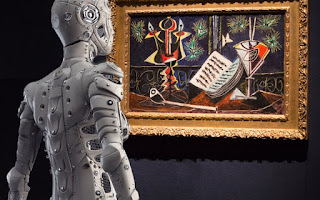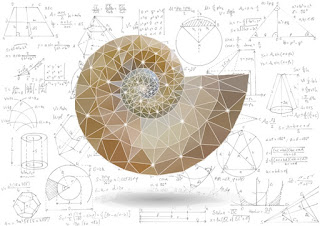DESMA 9 Week 4 Blog

Before this week, I honestly couldn't tell you how Medical Technology and Art were in any way related. But through the lectures and my additional research, I have found that these two ideas converge all over modern and post-modern art as well as many other places. The first cool thing I found in my research was an entire article on the use of medical technology in art. The one artist that really stood out to me was Marilene Oliver who experimented with the use of MRI (magnetic resonance imaging) in art. This picture I've included is entitled Family Portrait, and all 4 images are MRI's of an entire family. I think these images are so unique and interesting, especially when you think about how these items of Medical Technology also serve as eye-appealing art. However, sometimes people can take these things too far. For example, the girl Orlan from lecture disfigured and reshaped her body to try and maximize her aesthetic beauty. I find operations like th




